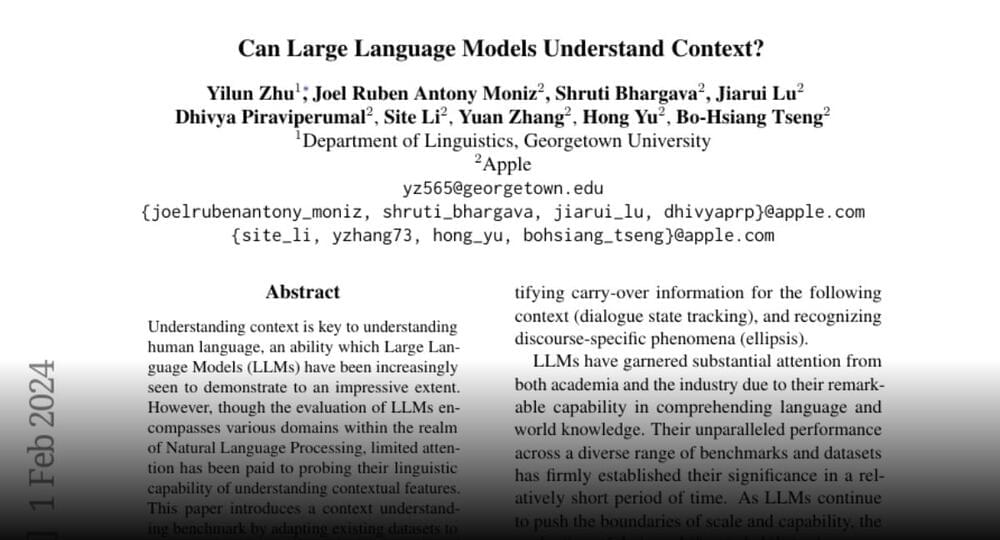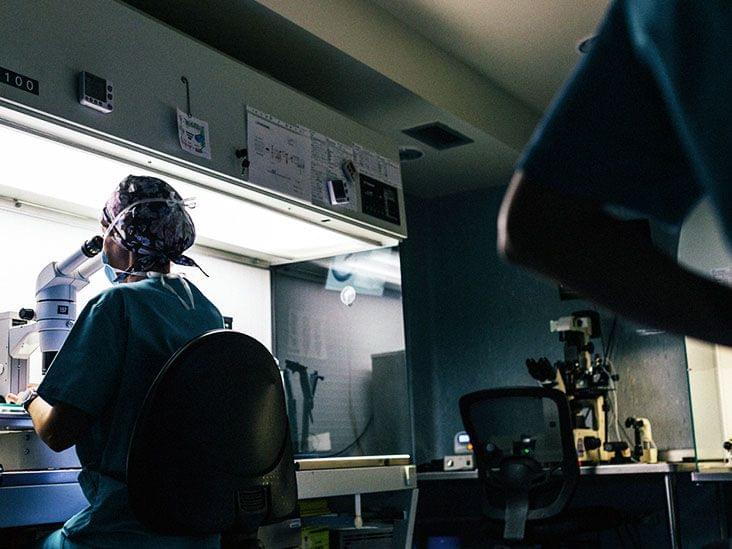We’re on a journey to advance and democratize artificial intelligence through open source and open science.





Researchers mapped over 10,000 mouse hippocampal #neurons, creating the world’s most comprehensive database of single-neuron #connectivity #patterns.
Summary: Researchers unveiled the most extensive single-neuron projectome database to date, featuring over 10,000 mouse hippocampal neurons.
The study provides an unprecedented view of the spatial connectivity patterns at the mesoscopic level, crucial for understanding learning, memory, and emotional processing in the hippocampus. By employing machine learning algorithms for categorizing axonal trajectories and integrating spatial transcriptome data, researchers identified 43 distinct projectome cell types, revealing intricate projection patterns and soma locations’ correspondence to projection targets.
This work, accessible via the Digital Brain CEBSIT portal, lays the structural foundation for advancing our knowledge of hippocampal functions and their molecular underpinnings.
The first reviews for Vision Pro are live, highlighting a ton of great, good and not-so-great things about Apple’s first mixed reality headset.
The $3,500 Vision Pro is set to launch on February 2nd, but it seems the first reviews are already out from a select number of outlets, including CNET, The Verge, The Wall Street Journal, and CNBC.
CNET’s Scott Stein took the lead on the Vision Pro review, lauding the headset for its clear micro-OLED display, mostly fluid hand-eye control interface, great mixed reality capabilities, impressive list of compatible iOS apps, and chance to view spatial video captured both on iPhone 15 and the headset itself.


A Delaware judge has voided Tesla CEO Elon Musk’s gargantuan $55 billion pay package following a lawsuit by shareholders claiming it was far too much wealth to award a single individual.
In a ruling this week, Delaware judge Kathaleen McCormick called the billionaire’s cushy compensation plan “an unfathomable sum,” arguing it was unfair to shareholders.
Uncontested, the decision could leave a massive gap in the net worth of the once richest man in the world, which could have a ripple effect on his other ventures, including SpaceX and his online echo chamber X-formerly-Twitter.


